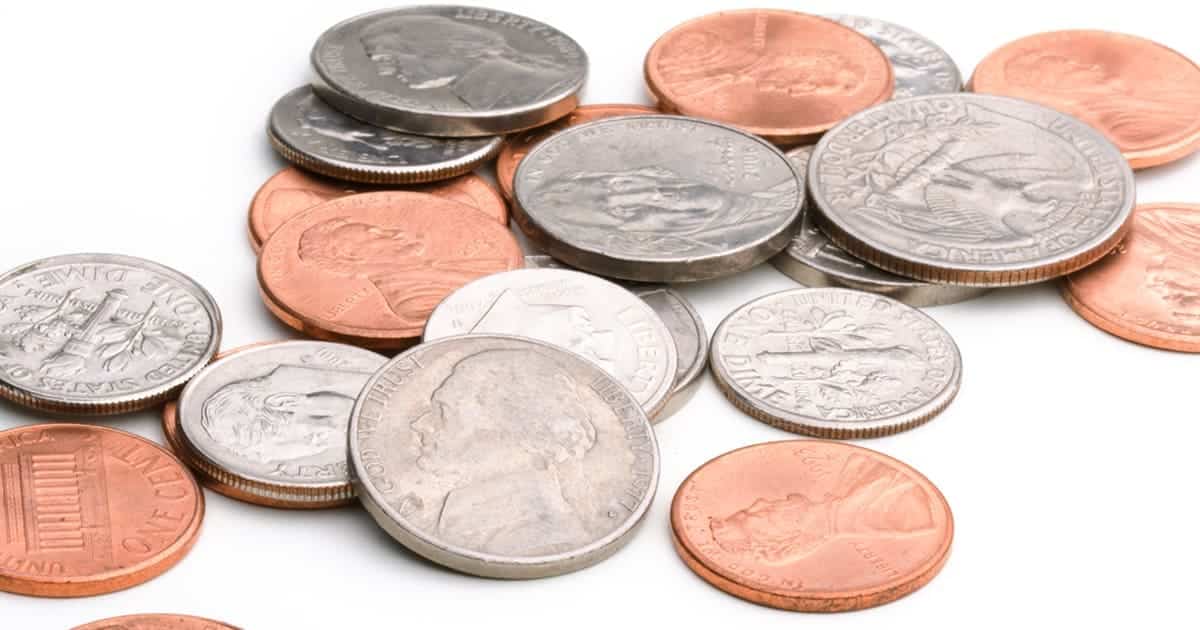
The Vermont and Battle of Bennington Sesquicentennial
The 1927 Vermont Sesquicentennial Commemorative Half Dollar is a coin of many names. Called the Vermont Sesquicentennial coin, it is also known as the Bennington-Vermont Sesquicentennial Half and the Battle of Bennington Sesquicentennial Half Dollar.
In 1925, US Senator from Vermont Frank Greene introduced legislation honoring the Sesquicentennial of the State of Vermont and of the Battle of Bennington and Congress authorized it and President Coolidge approved it. But the battle was just beginning over the design elements.
The original Vermont designer, Sherry Fry, was chosen as she created a statue of Ira Allen, the “Father of Vermont” and leader of the “Green Mountain Boys” who were Vermont Patriots fighting against the British. The coin was to bear a likeness of Allen on the obverse and something representative of Vermont on the reverse, such as the Battle of Bennington monument. Fry’s design and choice of lettering and placement were all questioned and he grew very frustrated dealing with the Commission of Fine Arts and the Vermont Sesquicentennial Committee. Fry quit the project and was replaced by sculptor Charles Keck.

Keck was an accomplished artist and had experience dealing with the CFA. His initial designs were a bust of Ira Allen and the Battle of Bennington monument. The CFA was pleased with the Allen design but not the obelisk that was the Battle of Bennington monument.

The obelisk was universally hated on the coin so Keck decided to use a depiction of Fay’s Tavern, the famous Revolutionary War tavern, where Ira Allen and the Green Mountain Boys would go and plot their skirmishes against the British. Again, the reverse design was rejected and yet another suitable option was needed.
Next to Fay’s Tavern was a stuffed Catamount atop a high pole. Keck decided that a real catamount would make a good and suitable subject for the reverse of the coin. The Tavern, also known as the Catamount Tavern, had burned to the ground in 1931 but a catamount statue was erected on the spot.

The obverse of the coin depicts a right-facing portrait of Ira Allen. Above him is “UNITED STATES OF AMERICA” and on his chest is his name “IRA ALLEN”. Beneath him is the “FOUNDER OF VERMONT.” The reverse depicts a full-length catamount, walking left. Above the catamount is “BATTLE OF BENNINGTON – IN GOD WE TRUST – 1777 – 1927.” Below the Catamount is “E PLURIBUS UNUM” and the denomination “HALF DOLLAR”. Below the Catamount’s chin is “AUG 16” on two lines, the date of the important Revolutionary War battle.

A total of 40,034 Vermont Sesquicentennial half dollars were struck at the Philadelphia Mint during January and February of 1927. The coins were placed in special cardboard holders and distributed by at least three local banks at the cost of $1.00 per coin.
But sales lagged and only 28,142 coins were distributed and sold. Two coins have been discovered and placed in 1927 maps of Bennington, Vermont.
| Date | Type | Mintage | AU Value | Unc Value |
| 1927 | Vermont Sesquicentennial | 28,142 | $300 | $900 |
Expand your collection today and shop our assortment of rare coins and currency.





